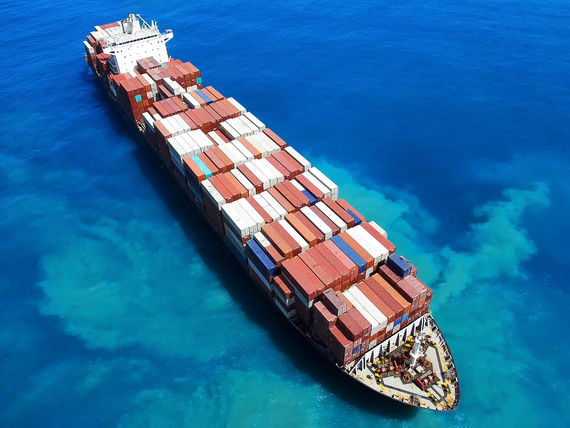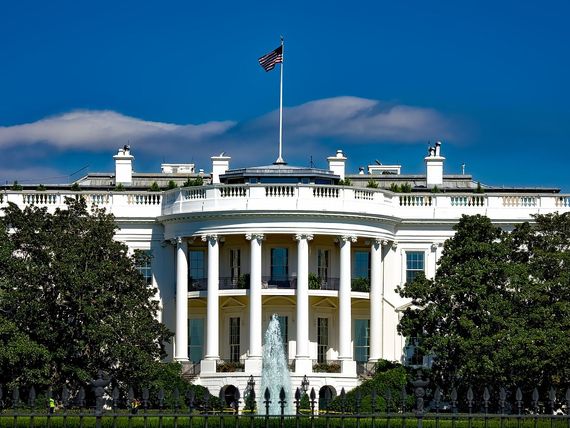Changing Chemical Markets and the Impact on European Supply Chains


PSA BDP
There is over a decade-long trend of chemical manufacturing shifting from Europe to China and the Asia-Pacific region. In recent years, the change has accelerated due to the pandemic, geopolitical issues including the war in Ukraine, and strained trade relations between Europe and China. This shift has compelled many European companies to re-evaluate their supply chains amid rising energy costs and the increasing urgency of sustainability.
The big-picture reasons for the shift are complicated, but specific factors have helped to make Asian production more economically viable. Another part of the equation is that green initiatives and more stringent EU sustainability regulations have put added pressure on European companies. The operating environment has is filled with new complexities, requiring a balance of optimizing production, supply chain performance, and sustainability — all while containing costs.
Regardless of the cause, the changing marketplace has significant implications for European companies’ chemical supply chains. For many, the changes that come with sourcing some or all of their materials from Asia can be disruptive. Successfully dealing with the new logistics challenges requires flexibility and greater collaboration with suppliers and partners.
Here is an overview of why the change impacts supply chains and what European companies can do to adapt.

A More Complex Chemical Supply Chain
The obvious change that occurs is the greater distance from the origin to most end customers. As a result, time-in-transit can easily increase by one or two weeks based on the lane. This adds costs and lead times for shipping.
Many companies are unprepared for the complexities and costs of importing goods back into Europe and what it takes to manage ocean transport. Delivery reliability can be much less certain, and transit delays are much more common. There is also greater competition for space on ships, making capacity harder to secure space in many lanes at peak times.
A looming change that companies should be prepared for in 2025 is a realignment of the major ocean shipping alliances. Ocean importers should expect schedule reliability to further decrease as the carriers work out new sailing schedules — a process that could take months. Any per-shipment cost increases or a change to lead times will have a magnified effect on the supply chain.
The impact of such a shift is felt in several other ways, too.
-
Since chemical shipments are often hazardous and/or regulated commodities, the international and fast-changing regulatory environment makes maintaining compliance challenging.
-
European companies sourcing in the Asia-Pacific face greater geopolitical risks than many other markets. This additional risk creates uncertainty and is a consideration for companies focused on building greater supply chain resiliency. Presently, potential new U.S. tariffs and the China/ Taiwan dispute create uncertainty for chemical companies operating in the region.
-
EU regulations aside, there is a negative impact on sustainability (already a very large concern for the industry) because shipping longer distances creates more emissions and burns more fuel, contradicting the CO2 reduction goals that many European companies are legally and morally bound to meet.
-
There can be concerns over Intellectual Property Rights (IPS). Sourcing from new countries exposes companies to additional risks of IPS theft and other unsuspected regulatory roadblocks.
More Complex Day-to-Day Shipping Operations
Often, the more tactical parts of supply chain execution require more resources and management when sourcing begins from the Asia-Pacific region, especially during the start-up phase.
For example, new shipping origins often require time to find and train additional carriers (for local and international moves). Certain origins may also have logistics infrastructure limitations or require more complex routing, including intermodality.
Working with different suppliers will require establishing new communication channels and learning new systems for generating shipping paperwork, coordinating pick-ups and deliveries, and reporting. Also, operating in additional regions can add complexity and costs to inventory management.
Finally, adapting to new government rules and oversight in some countries can require updating processes and adherence to different and often unfamiliar regulations.


Embracing the Change
The result of this trend is that European chemical companies are forced to create bigger and harder-to-manage supply chains. Success requires new approaches and solutions that should be centered on two things: technology and chemical market expertise.
Technology is needed to support tactical decision-making while providing strategic insights that support better long-term planning and risk management. For example, real-time visibility tools enable shipment-level logistics management related to carrier selection, costs, and transit time. Bigger-picture planning and risk mitigation can be supported with AI to model complex global risk factors to help prevent the unexpected. Carbon-tracking software helps companies monitor emissions and adjust their logistics operations in real-time.
Many companies are adapting to the evolving market by leveraging supply chain partners with chemical market expertise. Industry knowledge is invaluable to the process of creating more supply chain resiliency in the face of such change. The chemical marketplace requires companies to be discerning and focus on precision regarding technology and their logistics operations. New solutions to improve either must be flexible and adapt to business needs. In other words, out-of-the-box technology and relationships with partners that have no product experience fall short of meeting expectations.
Although much of the change that comes with sourcing more in the Asia-Pacific region is about managing risk, a large part of the supply chain is still about moving products efficiently from point A to point B. Entering new markets is always easier and cost-efficient with partners who understand product requirements and have an established presence in the region. Helpful local knowledge can include determining which ports are easiest to work with for given types of chemicals because it is common within a given country for regulations to be unevenly applied.
A combined approach of leveraging technology and expertise helps not only with the daily execution of shipping but also with the new regulatory requirements and navigating the inevitable compliance hurdles that will appear.
With the shifting landscape of chemical supply chains, European companies are facing both challenges and opportunities. Success in navigating this new environment often comes down to a strategic combination of technology and industry expertise. Real-time visibility, carbon-tracking, and AI-based risk modeling are becoming essential tools for managing the complexity of global supply chains, while local knowledge and relationships are invaluable for compliance and operational efficiency.
To truly thrive, companies need to partner with a logistics provider that not only has deep experience in the chemical industry, but also a global presence, including a strong foothold in Europe. Such a partner can help navigate the complexities of hazardous materials, regulatory requirements, and market-specific risks, while ensuring smooth operations across borders.


